Just beyond Ukraine's battlefields, NATO's elite forces prepare for what could come next
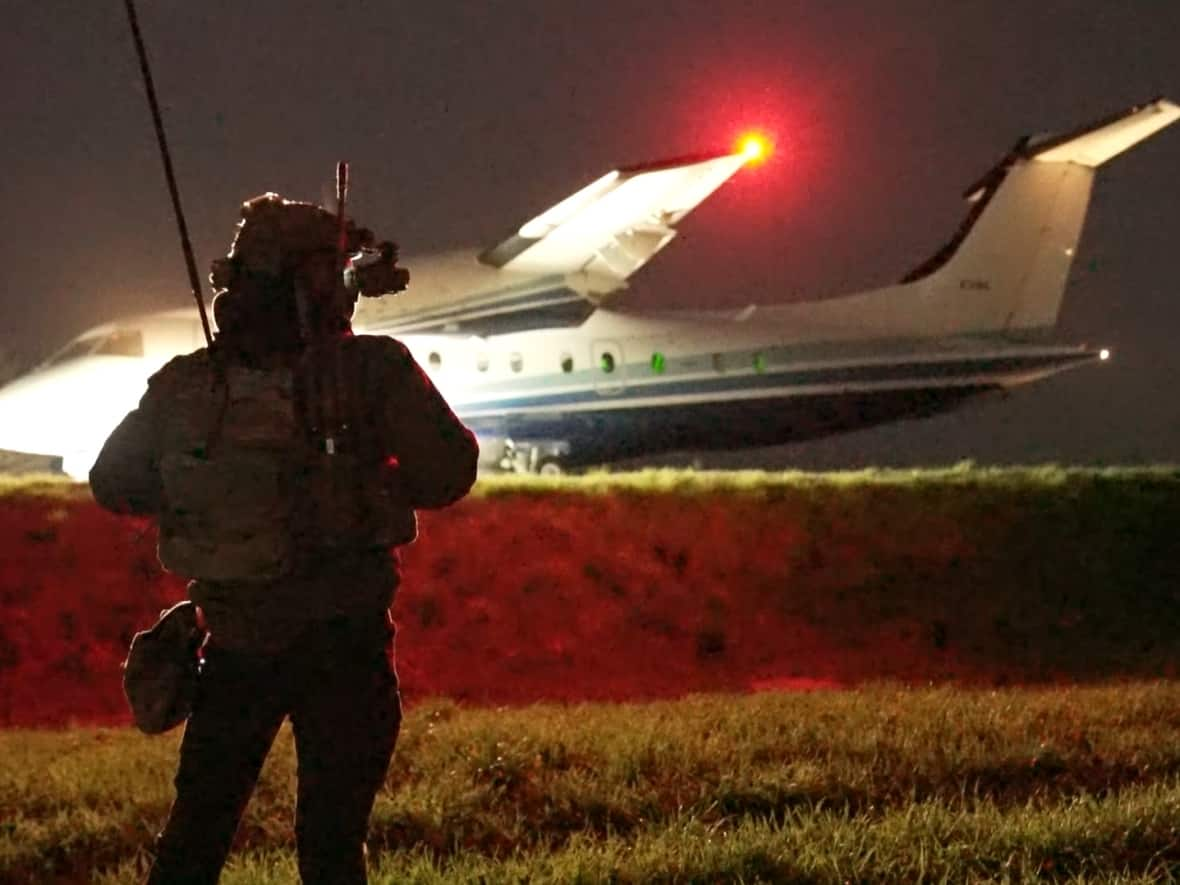
In pitch blackness, the lights of the twin engine C-146A Wolfhound aircraft lit up a tiny strip of asphalt, and out of the darkness, the special forces plane touched down with a noisy, dramatic landing.
With a landing zone only six metres wide, for the pilots at the controls, there was no room for error.
A special forces team on the ground had blocked a two-lane highway in rural Latvia, about two hours from the capital Riga, and converted it into an improvised runway to airlift a simulated wounded soldier. British, American, and Latvian soldiers were all part of the drill aimed at improving battlefield medical procedures to treat casualties.
WATCH | NATO special forces carry out training drills in eastern Europe:
In this scenario, the assumption was that shelling and the absence of air superiority made immediate evacuation by helicopter impossible, so the "patient" had to be cared for in the field and driven several hours to the safest spot for an aircraft to land.
The exercise was one of three executed by NATO special forces teams that CBC News was invited to observe this past week. In addition to the air evacuation scenario in Latvia, CBC News also went onboard a Romanian ship in the Black Sea to witness special forces boarding a vessel from the water and rappelling onto the ship from a helicopter.
In Lithuania, another exercise involved the storming of a building that had been seized by hostile forces.
'This is why we train'
The drills were held as part of Trojan Footprint, a 30-nation exercise involving more than 3,300 special and conventional forces, which ended this weekend.
It was designed to test what NATO calls "interoperability" between the various national special forces teams.
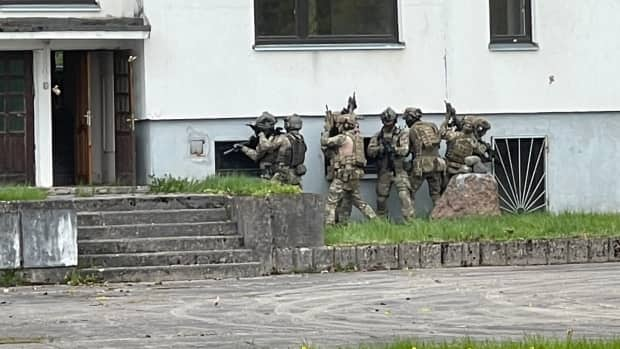
The drills come as the military alliance faces one of the greatest challenges of its 73-year existence in how to respond to Russia's invasion of Ukraine. On Thursday, Finland said it will formally apply to join NATO and Sweden is expected to follow next week.
Canadian Special Forces were not participating in the Trojan Footprint exercises, according to officials organizing the events and CBC's observations. But the task force commander of the Romanian special forces teams said all NATO countries effectively act as a single team.
"It's not about the war that's going on, [in Ukraine] it's about being prepared all the time … this is why we train and why we focus on having a high level of interoperability," said the commander, who can't be identified.
NATO 'enhancing their presence within the East'
While the exercises were planned before Russia's Feb. 24th invasion of Ukraine, they've taken on greater urgency and visibility.
"At the moment, there are a lot of exercises and NATO is really pushing how they are enhancing their presence within the East, and also their capabilities as a maximum deterrent effect for Russia," said Ed Arnold, a research fellow in European security at the London-based Royal United Services Institute.

Special forces are among the highest skilled — and secretive — soldiers in NATO's military. Any interviews with SOF (Special Operations Forces) personnel had to be done anonymously, with their faces covered and voices disguised for broadcast.
They perform a wide variety of tasks including intelligence gathering and reconnaissance, although for the public images of sharpshooters or highly trained professionals rappelling out of helicopters is what often comes to mind.
Arnold says most of the recent special forces deployments by countries such as Britain and the United States have been to conflict zones in Afghanistan and Iraq, where their skills were aimed at fighting insurgencies or attacking elements of ISIS or Al Qaeda.
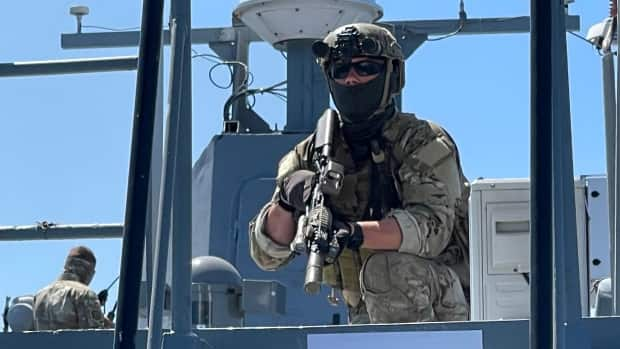
Russia's war in Ukraine, however, involves a different sort of battlefield, featuring tanks, heavy artillery and attacks from the air, and NATO is trying to demonstrate to Russia that its special forces are able to make the pivot.
"[These exercises] will be very much showing Russia that they are orienting toward the Russian threat," said Arnold, whose military career included service with the British army in Afghanistan.
'Our force is built from people who are ready to sacrifice'
While NATO countries, including Canada, have been pouring arms, ammunition and money into Ukraine, the military alliance has made it clear that its troops will not become directly involved in the conflict.
Nonetheless, NATO's presence has been extremely visible on the sidelines of the conflict, including in Romania, which shares a land and sea border with Ukraine.
The exercise involving the ship boarding was held in the waters off the port of Constanta, about 150 kilometres from Ukraine's Snake Island, one of the most hotly contested pieces of territory in the war.
Russian soldiers occupied it in the days immediately after the invasion but Ukraine has fought back, sinking the warship "Moskva" in April and conducting frequent drone attacks on the Russian garrison there since.

"Our force is built from people who are ready to sacrifice," a Latvian SOF soldier told CBC News.
"I personally have a lot of friends in Ukraine, knowing what they are going through we show all the support we have in our hearts and we are ready to defend whenever we need."
Learning from Russian mistakes
NATO special forces team members also told CBC News they're carefully watching how their Ukrainian counterparts are using their skills against the Russians, and have been especially impressed with their use of small, store-bought drones to locate troops.
The drones have helped discover camouflaged Russian positions and then guide Ukrainian artillery strikes.
Arnold says NATO planners have also been learning from Russian mistakes.
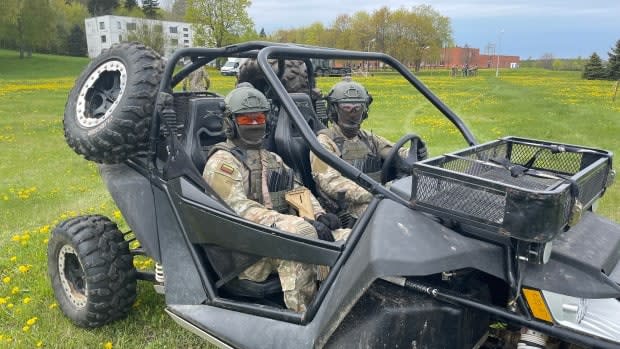
"In the first 24 to 48 hours, a lot of the focus was on Russian Spetsnaz forces (special forces) trying to take Hostomel Air Base (near Kyiv). Essentially, they were able to take the airport quite quickly, but they were not reinforced."
"So the main lesson for NATO's forces is actually that special operations can do a wide variety of tasks, but if they are isolated and not supported by conventional forces, they are actually quite vulnerable," said Arnold.
Casualties have to be treated in the field
The exercise involving the Wolfhound aircraft landing on the highway was also drawn in part from Ukraine's experiences, says one of the special forces doctors involved in the planning.
"I'm impressed — their ability to create a trauma system on the fly from an unanticipated invasion is pretty remarkable," said the American.
In Ukraine, the absence of air cover has meant casualties have had to be treated in the field and then usually driven long distances to either get to a hospital, or to a spot where it's safe to do an airlift.
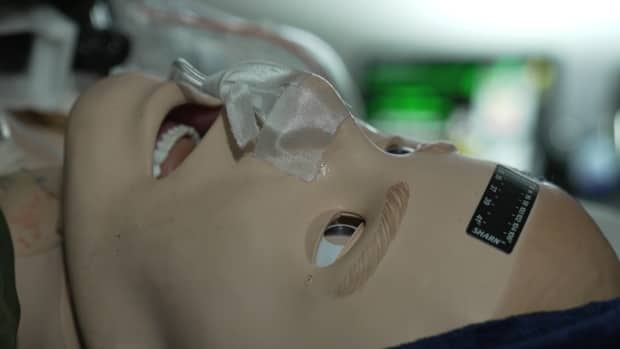
That's what the exercise in Latvia was putting to the test.
"In special operations medicine, one of our roles is to innovate," he said.
The realism of the exercise was also helped by the use of a robotic patient that can be programmed to simulate specific wounds that medical staff need to treat. The dummy blinks, breathes, bleeds and has other life-like qualities that adds to the urgency faced by medical staff.
"Ukraine and everything that happens over there, is a threat," said the Romanian Task Force commander. "Even if we are not involved in that conflict, we are looking at those as lessons learned."
Have questions about this story? We're answering as many as we can in the comments.


